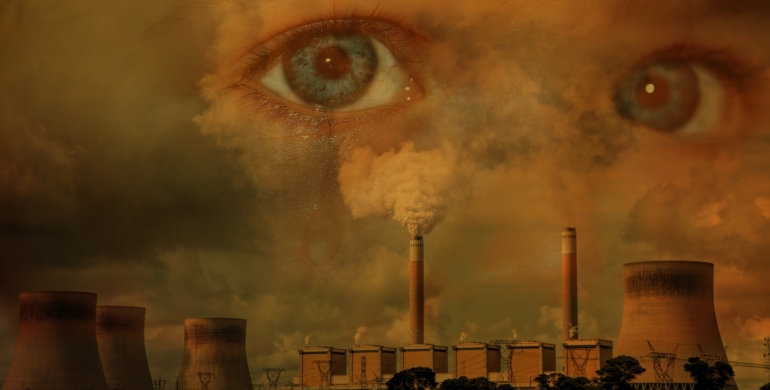In some parts of the world, a warmer and more extreme climate is exacerbating deadly infectious diseases such as malaria and dengue fever, while in other places it has created breeding grounds for new pests that threaten crops and livestock. While no country will be spared from the effects of climate change, those least responsible for causing it—the world’s poorest countries—are experiencing the most severe impacts.
In some cases, climate change may even lead to armed conflicts or civil war. When water becomes scarce because of drought or floods caused by rising sea levels, populations are forced to compete over limited resources, which can spark violence within communities or between them. This is what happened in Darfur twenty years ago , when a severe drought led to tensions between nomadic and settled populations, and eventually to a full-blown civil war.
Water scarcity and air pollution will rise as the world temperatures rise, putting children at risk of the most serious effects of water-borne illnesses and severe respiratory diseases. Children are already being harmed by climate change, according to a new UNICEF report, The Children’s Climate Risk Index (CCRI), published in the run-up to COP26. Almost every kid on the planet is impacted by at least one form of climate or environmental risk, such as heatwaves, storms, air pollution, flooding and scarcity of water. According to the UNICEF Index, one billion children – roughly half of the world’s minors – are classified as “extremely high-risk.”
There are other repercussions as a result of extreme weather situations. According to the International Institute for Environment and Development (IIED), women and children, who have been displaced by natural disasters that now occur more frequently, face an increased risk of modern slavery and human trafficking.
Environmentalists claim that wealthy and high-carbon-emitting nations (after China and the United States), such as India, have a greater duty to confront climate change and reduce its harmful effects on their most vulnerable people.
What can be done to protect the rights of children in the face of climate change?
There is no one-size-fits-all answer to this question, as the best way to protect children’s rights will vary from country to country. However, some general measures that can be taken include:
• Ensuring that children are included in climate change planning and policymaking processes at all levels
• Reducing emissions and adapting to climate change in ways that do not disproportionately impact children
• Providing access to quality education, health care, and other essential services for children affected by climate change
• Promoting safe and healthy living conditions for children living in disaster-prone areas
• Supporting the establishment of child-led initiatives that address climate change







